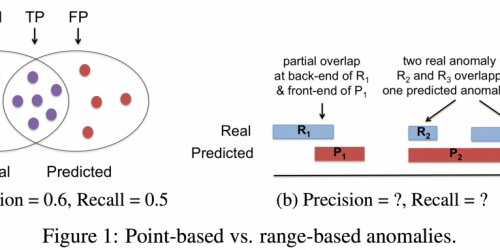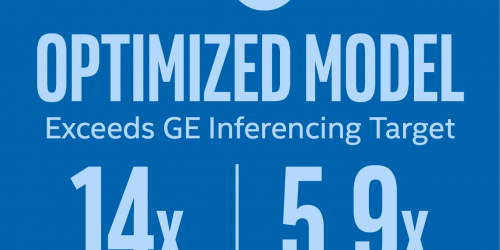Precision and Recall for Time Series
This blog post was originally published at Intel's website. It is reprinted here with the permission of Intel. The artificial intelligence (AI) revolution is having a profound impact on countless technologies. From automatic identification of our family and friends in social media to ordering up our next movie through voice commands, AI is everywhere. At […]
Precision and Recall for Time Series Read More +




